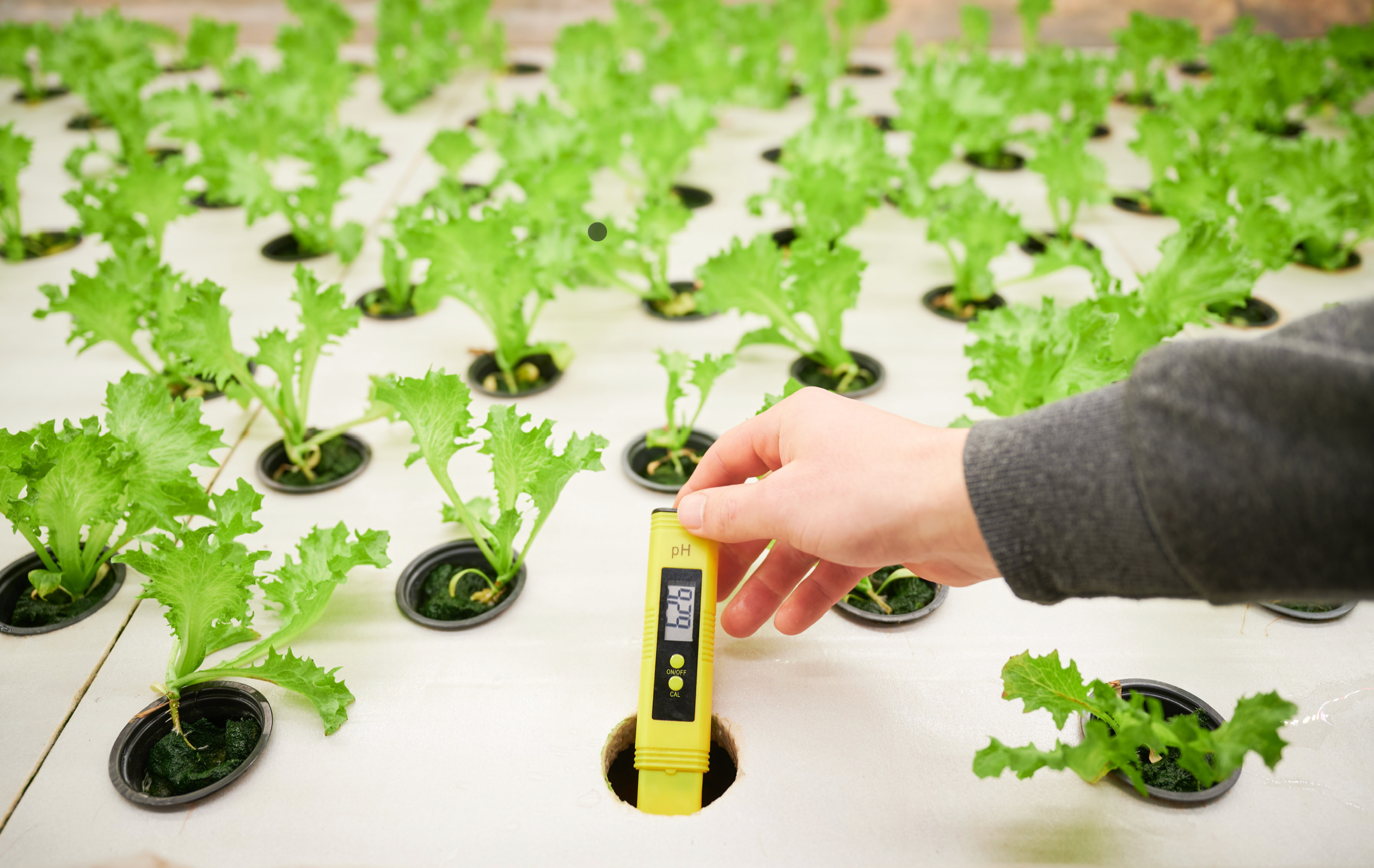Integrated Pest Management - Thrips

What’s Eating My Plants?! Part 1 - Thrips and Integrated Pest Management
Insect pests can be the enemy of growing hydroponic vegetables. Let’s discuss how we can apply integrated pest management to tackle one of the most common pests that find their way onto hydroponic plants: thrips.
There are thousands of species of thrips. You may not be familiar with them because they are teeny tiny little insects that you almost can’t see. However, once you know the signs of the damage they cause to plants they will be pretty easy to spot.
Adult thrips feed by puncturing the outer layer of the plants’ leaves and sucking out the cell contents. This creates white leaf stippling, discolored flecking, and especially silvering of the leaf surface. This is generally the first sign that you have thrips.
Ok, now flip the leaf over. You may need a magnifying glass. Thrip larvae (baby thrips, that is) are tiny and orange/red. They don’t move much. You can hardly see them, but if you see the silver or white lines on the surface of your leaf, chances are good there are larvae on the backside.
The adult thrips are also very tiny. They are black and have wings. They seem to jump more than fly though. They remind me of tiny, fast moving fleas.
So how do you get rid of them? Since they jump and fly, you really can’t spray them. Spraying insecticidal soaps or homemade hot pepper sprays or any poison rarely works against thrips. Even if you kill the larvae on the back of the leaves, the adults are zooming around laying more eggs.
This is where Integrated Pest Management (IPM) comes in. The easiest and most sustainable way to get rid of thrips is by buying bugs that eat the thrips, known as biological pest control. For sustainable hydroponic farms or gardens, Integrated Pest Management is simply the best way to control pests.
The best predators for a thrip infestation are beneficial mites and pirate bugs.
Minute pirate bugs (Orius insidiosus) are very small, black flying insects. They are amazing at gobbling up thrips. The baby pirate bugs are also voracious predators, so learn to identify all the stages and don’t kill them. Adult pirates may bite people when they are scared, but it barely hurts. These bugs can be expensive, but you only have to buy them once as they will establish in your garden, greenhouse or grow tent.

The other predators in your arsenal against thrips are Amblyseius cucumeris, Amblyseius swirskii and Hypoaspis miles (which are mainly for fungus gnats but will eat thrips as well.) These mites are so small that you can only see them under a microscope. But they are like mini janitors - if you release them, they will immediately go to work cleaning up your thrip problem. And you will never see them again! It’s like magic.
Always follow the release instructions and make sure your new helpers don’t fall into your reservoirs.
To monitor thrips, you can use blue sticky traps.
So there you are. Thrips don’t have to be a problem when you are growing hydroponic vegetables. For sustainable hydroponic farming, integrated pest management is the way to go.
For more great content check out the Proponics YouTube channel below!





